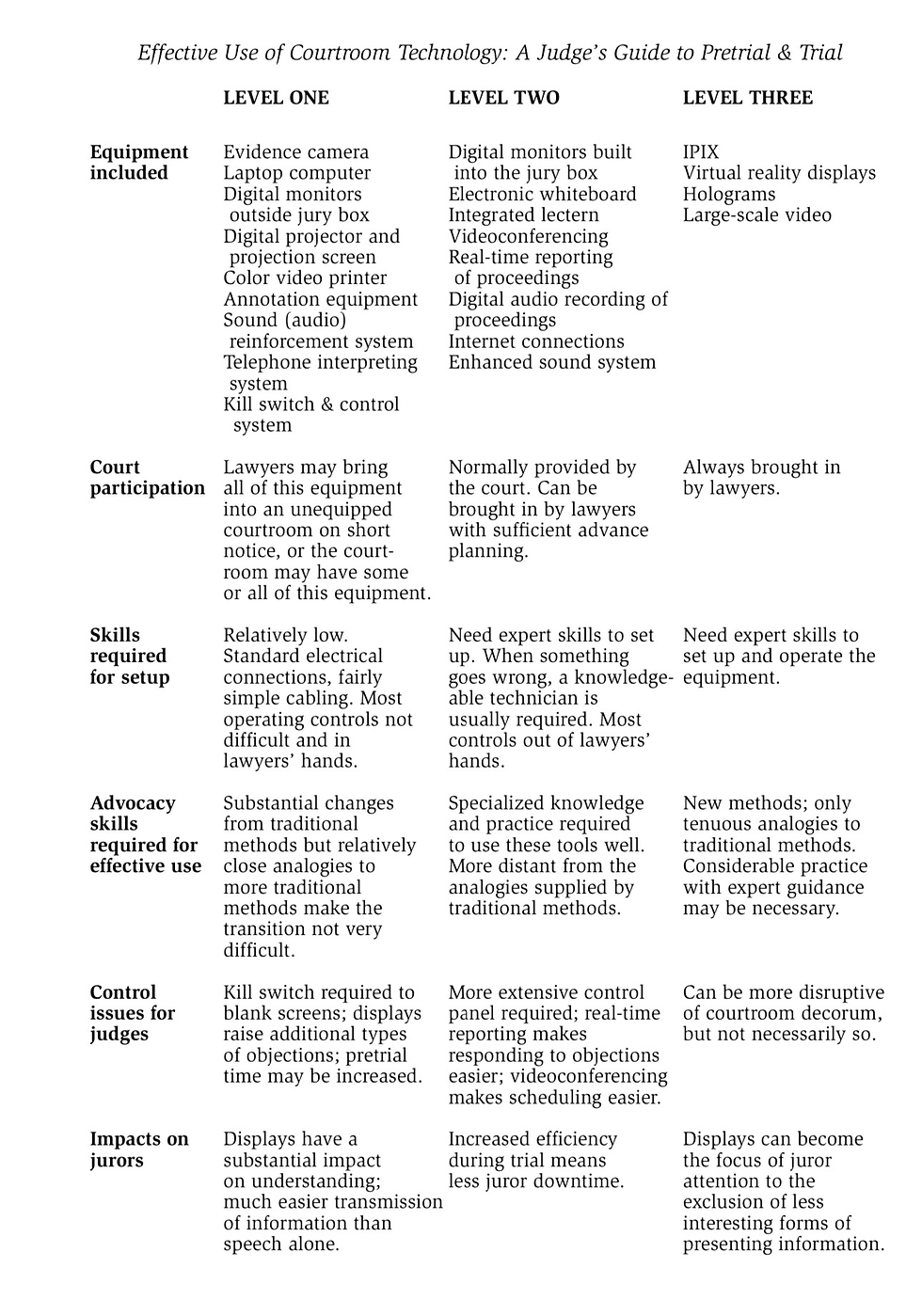Effective Use of Courtroom Technology: A Judge’s Guide to Pretrial and Trial
- Sean O'Shea
- Jun 4, 2024
- 2 min read
The Federal Judicial Center’s Effective Use of Courtroom Technology: A Judge’s Guide to Pretrial and Trial is an old manual prepared more than 20 years ago. It was prepared by a group of nine federal judges working with lawyers and law school professors. The team was headed by Judge Fern Smith of the Northern District of California and they received assistance from DOAR. The material is dated, and includes a lot of information intended for legal technology novices. For example, the guide provides a detailed description of an electronic whiteboard:
. . . and explains ‘internet discovery repositories’ this way:
So any litigation support analyst who has worked on a trial or two should be familiar with much of the information. The guide is however, a useful authority to refer inexperienced attorneys to - there’s more than one tech-phobic associate working for Big Law with little or no trial experience. It provides useful suggestions for recurrent problems for which individual court or judge’s rules are unlikely to provide answers. For example, it suggests this format to mark exhibits which consist of excerpts from complete documents marked as exhibits before trial:
Should the shorter (and easier to key in on the hot seat) ‘PX’ or ‘DX’ prefix be used rather than ’Pl. Ex.’, ‘Def. Ex.’; ‘PTX-‘; ‘DTX-‘ or something else? How should a page from a pre-marked exhibit be marked as a separate exhibit? Can an annotation of an exhibit be marked as an exhibit? The FJC has answers.
The guide includes some technical information that I was unfamiliar with. IPIX is a company which has lent its name to 360 degree panoramic photos - IPIX displays. TIFF images compress document pages at a ratio of 2 to 1 using the Lempel-Ziv-Welch algorithm.
Effective Use of Courtroom Technology provides invaluable insight into how judges believe technology is best used. The judges recommend displaying jury instructions as they are read aloud:
. . . they even specify graying out the steps in an instruction after they have been read.
When showing only a portion of a page to a jury, they caution against ‘photoshopping’ it to remove extraneous text or handwriting like this:
. . . where in the second image the script from the line below has been whited out. The guide states, “One reason that judges sometimes sustain an objection to this kind of alteration of a cropped segment of a document, even if they are disposed to allow the segment itself, is that some sharp-eyed juror will spot the change and argue about its significance. This wastes time and diverts the jury from its charge.”
The FJC separates courtroom legal technology into three categories, and bases the first part of the guide on a discussion of the tools used in each level.
Tech that lawyers can always bring into a courtroom: laptops, projectors, etc..
Tech provided by a court: built-in monitors, realtime technology, etc.
Tech used only for certain types of trials.
It’s notable that even such an old guide (it’s undated but the references in the content indicate it was published in 2001) raises the possibility of using virtual reality headsets for a trial.















